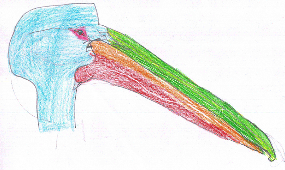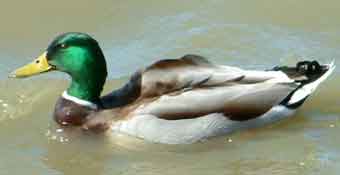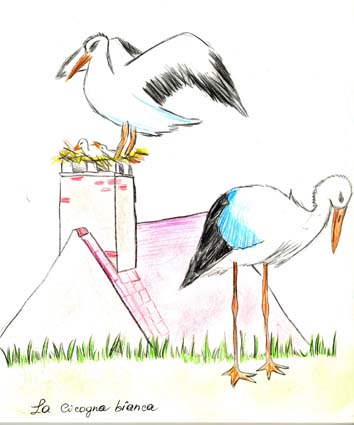Birds belong to particular groups:
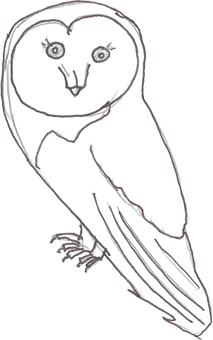 Carnivore: they eat other animals. For example the owl is a carnivore. They eat mice, shrews, fieldmice and sparrows.
Carnivore: they eat other animals. For example the owl is a carnivore. They eat mice, shrews, fieldmice and sparrows.
Herbivore: they eat leaves, grass, seeds, walnuts, fruit and vegetables. For example: chaffinch. Omnivore: they eat everything: insects, fruit, small molluscs and snakes e.g. the toucan.
Scavengers: scavengers eat dead meat.
charognards c'est ceux qui mangent la viande morte.
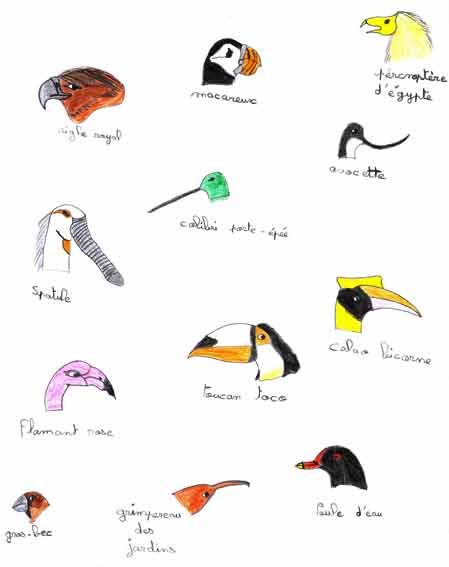
What is the beak for?
The beak is for opening seeds, for defending itself, for seizing prey, for building a nest, for digging in the silt to eat grass, for fishing, smoothing their feathers and for digging out insects as well as collecting pollen.
What are their colours?
They are black, yellow, white with black stripes, red, all colours.
What is the shape of the beak?
Beaks are adapted to the diet of the bird and the way it catches its food.
| A long curved beak is for catching insects, which tunnels under the bark of trees. |
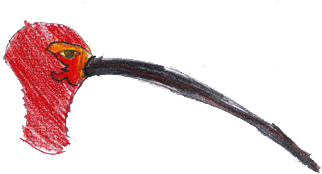 |
|
A beak that is thick and powerful is for cracking seeds. A beak that is thick and short is for pulling up buds.
|
|
| A beak can be small but open. This is an excellent trap for insects when the bird catches them whilst in full flight. | |
| A flat beak is for eating water plants (like a duck). |
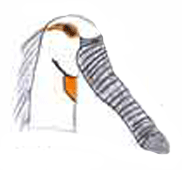 |
|
|
Long and pointed beaks are for catching fish and frogs (the heron). |
| Hooked beaks tear prey to pieces (birds of prey) |
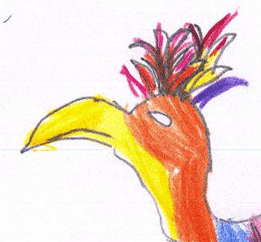 |
A birds beak is made of keratin and like nails and hair it wears away and continuously grows back.
Feathers.
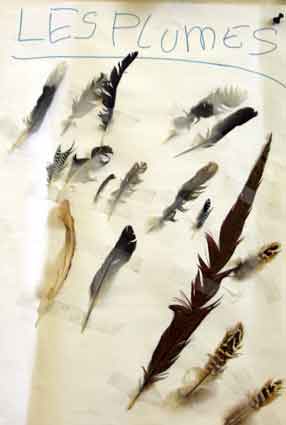 |
Feathers on a bird's body have a variety of functions. Its plumage can identify the gender of a bird, its age and whether it is breeding. Colours of plumage are also important for some birds as it can mean the difference between life or death, as it acts as camouflage. Due to wear and tear affecting a bird's ability to fly, they moult and grow new feathers. Moulting tends to happen after the breeding season, or before the birds migrate. Feathers also provide insulation for the birds; keeping them warm and in some cases waterproof.
|
Flight
Almost all birds are capable of flying. .
It is the pushing up and down of the wings against the air, which makes the bird fly forward and high, Gliding birds only use their wings for the purpose of pushing forward. When the required speed and altitude are affected, this bird is capable of gliding in the air in the warm currents.
The rowers are the birds who have to use their wings constantly. This technique has its advantages and its disadvantages. In effect, the need to beat without stopping uses enormous amounts of energy gives the body more sensitive movement in the air. However this technique allows the vertical take off as well as flying from a stationary position.
Reproduction
Birds lay eggs. The male and female breed in the spring.
.
Nests 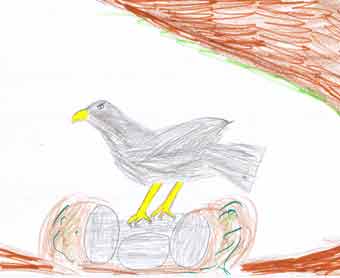
They all build nests in which to lay the eggs. The nests protect the eggs and then the young. All birds do not build the same type of nest.
Birds make nests out of all kinds of materials: twigs, moss, grass, reeds, mud, lichen, down, horsehair, rubbish......
The Fledglings 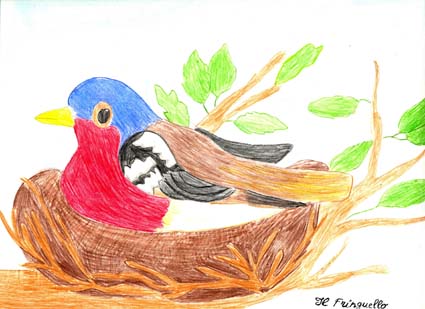
Some chicks are born covered in down, their eyes open. They leave the nest after hatching, follow their parents and search for their own food. This is the case in ducks, geese and swans. By contrast, some chicks are born without feathers and their eyes are closed.
For hatching : they have a special tip on the end of their beak - the diamond. The 'diamond' falls off some days after hatching.
Why do birds sing?
The birds have a language, which allows them to communicate with each other! Sometimes the language is so beautiful to hear as it sounds like a song. A male sings to attract the female and to chase other males from his territory. They sometimes sing to warn their friends of danger (like the presence of a cat). Some birds have a cry that says they have found food. There are those who sing without a reason. .
The bird's environment.
Most birds don't always live in the same place. Periodically they more or less accomplish their long migration, according to their species, at the end they are able to enjoy more agreeable temperatures.
Some birds
|
Anatidae: in general a flat rounded beak and webbed feet. (Mallard duck, Canada goose).
|
|
|
Hirundinidae : short pointed beak (House martin). |
|
|
Turdidae : this large family of birds with a number of species who have red throats, red- black tails. (Nightingale) |
|
|
Relationship to man |
|
|
Pollution: death of birds is caused by oil spills damaging their feathers. Chemical products and fertilisers poison the birds.
Destruction of their habitat by man: In the Amazon nests are destroyed because of enlargement of man's territory. This destroys the habitat of the birds as they are unable to get the food they need. Hunting: Many birds are hunted in order to be eaten by humans. These are called 'game birds'. For example: pheasant, partridge and pigeon. |
|
